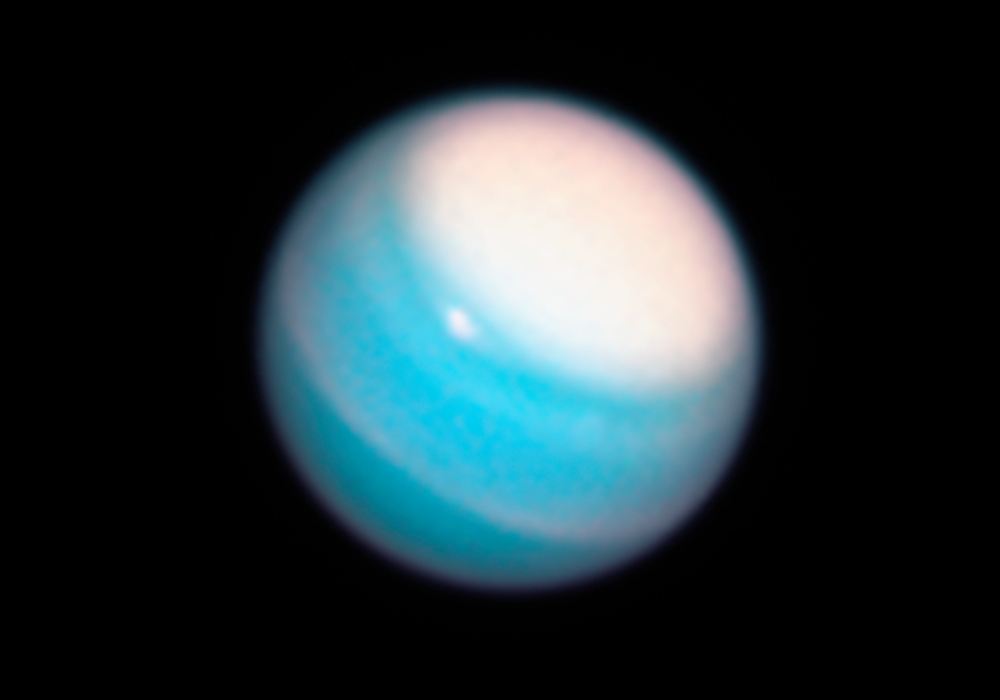
TAMPA, Fla. — Ground network specialist ST Engineering iDirect is looking to carve out a place in the emerging market for providing satellite connectivity directly to standard smartphones.
Companies including SpaceX, AST SpaceMobile and Lynk Global are busy developing constellations that would keep subscribers of their partner mobile networks connected outside terrestrial cellular coverage.
While initial services would be limited to applications such as emergency alerts and texting, with enough satellites they aim to support voice and more continuous capabilities in a market analysts say could be worth more than $1 billion.
However, mass market adoption is new territory for a satellite communications industry built around niche applications and bespoke user terminals.
“How do you bring cell phones in and out of the network at scale as they’re turning on and off?” ST Engineering iDirect CEO Don Claussen said in an interview.
“We’ve never really had that problem in the satellite communications industry.”
The industry has branched out of mostly fixed terminal markets into government and enterprise mobile sectors such as maritime, land vehicles and aviation, but these terminals still tend to come online for at least hours at a time.
“If we’re bringing either land mobile — which I think is going to scale up in the next five years — at any scale, and then these handheld devices where you may have 10,000 or 20,000 of them in a given area that are going on and off and in and out of coverage, how do you manage that?” Claussen continued.
ST Engineering iDirect, a U.S.-based subsidiary of Singapore Technologies Engineering, is also looking to use its network management expertise to provide billing support and guard against interference concerns threatening to hold the market back.
Claussen pointed to his experience with a large government communications program while working for satellite operator Viasat.
“The issue we really had was not servicing the vehicles that had transceivers on it, it was bringing them in and out of the network at scale,” he said, “because a whole bunch of people would turn their vehicles on, and these terminals will come online, and then they would go away.
“So when you have that flapping in the network, you’ve got to have a network management system and element managers that can handle that.”
ST Engineering iDirect announced a strategy in March for a unified platform centered around virtualized, standards-based multi-orbit networking tools that Claussen said provide the foundation for potentially entering the direct-to-smartphone market, although he stressed the industry and the company’s plans for it are still at a very early stage.
“We still need to see where that goes,” he said, and “we need to build the foundation for scalability and for compatibility before, in my opinion, we get too far down that road.”
And while the company is following the market closely for a potential network management role, he said there are no plans to enter it at this stage.
Jason Rainbow writes about satellite telecom, space finance and commercial markets for SpaceNews. He has spent more than a decade covering the global space industry as a business journalist. Previously, he was Group Editor-in-Chief for Finance Information…
More by Jason Rainbow
Note: This article have been indexed to our site. We do not claim legitimacy, ownership or copyright of any of the content above. To see the article at original source Click Here














